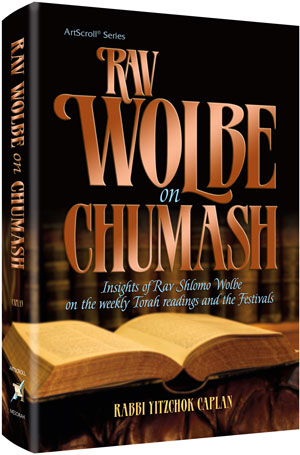Before Adom Ha'rishon sinned, he was able to clearly discern that despite the fact that this world seems to be a reality, it is merely a façade in comparison to the reality of ruchniyos in general and Hashem in particular. However, after he sinned, the yetzer hara i.e. the power of imagination became part and parcel of Adom's very being. The extent that he exercised the use of his imagination, the more he turned the physical world into a reality. This in turn obscured the true reality of the spiritual world.
Rav Wolbe (Da'as Shlomo Geulah pg. 313) writes that this concept holds true for each and every one of us. The Torah relates regarding the staffs Yaakov Avinu placed in front of the sheep, that the sheep gave birth to offspring which mirrored the designs on the staffs. The "imagination" of the sheep had the power to create a reality. The same holds true for our imagination. When a person uses his imagination to conjure up various worldly pleasures, he is creating; he is turning the physical world into more and more of a reality. This in effect obscures the reality of ruchniyos thereby giving it inferior status.
How does one combat this yetzer hara masked in his imagination? The answer can be found in the Kuzari (3, 5). "The pious commands his imagination to conjure up the most splendid images stored away in his mind in order to create a picture for a desired G-dly phenomenon such as the revelation by Har Sinai, Akeidas Yitzchok, the Mishkan along with Moshe and the service performed therein, the glory of the Bais Hamikdosh and many other images." It is imperative that one utilize his imagination in his avodas Hashem. Otherwise, his imagination unchecked will run wild, and solely paint portraits of the many pleasures and temptations of this very materialistic world.
The importance of using one's imagination to aid his avodas Hashem is expressed succinctly by the Sforno in his explanation of two pasukim in Devarim (27, 9-10). "Haskeis" - Depict in your mind "U'Shema" - and contemplate. "V'Shamata B'kol Hashem Elokecha" - When you depict this and comprehend it, then you will most certainly heed the word of Hashem."
This being the case, concludes Rav Wolbe, we have clarified for ourselves the avodah of Pesach. A person is obligated to feel as if he himself left Mitzrayim. This can only be accomplished by picturing the bondage and the subsequent freedom. For this reason we are instructed to recline, drink four cups of wine, and eat matzah and marror. Going through the motions of freedom, observing the "pesach" and tasting the bread of affliction all aid our imagination in a more complete picture of Yetzias Mitzrayim.
If we truly want to gain from this Yom Tov of Pesach, let us follow the Kuzari's advice. Let's not merely "go through the motions" of the Seder, but also take some time to picture the scenes of Yetzias Mitzrayim. The ten makkos, Paraoh's nocturnal search for Moshe and Aharon, each Jew with ninety donkeys laden with the bounty of Mitzrayim, Kriyas Yam Suf and the cloud and fire that led the Jews through the wilderness. These pictures can do wonders in advancing our emunah and additionally, prevents our imagination from tempting us with the false pleasures of olam hazeh.


No comments:
Post a Comment